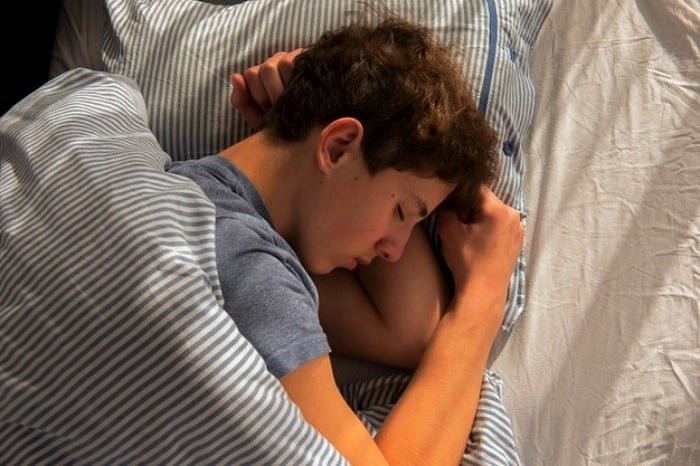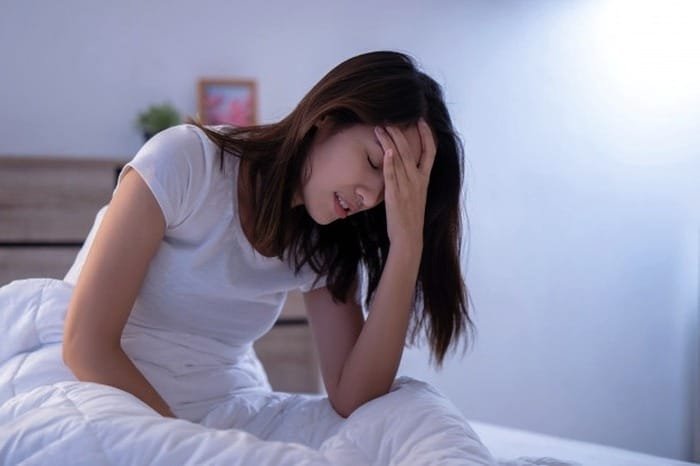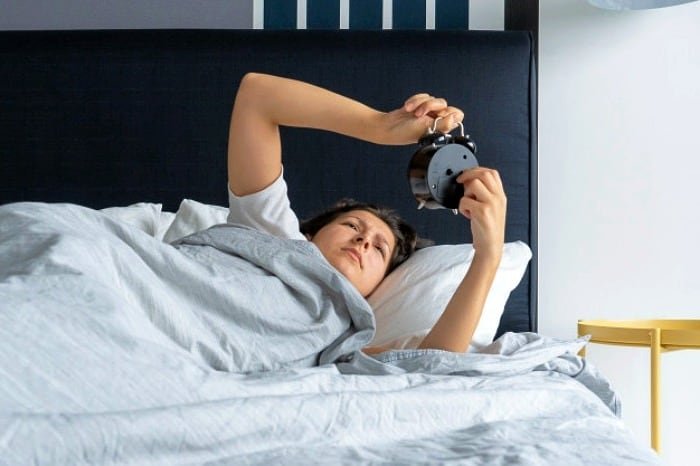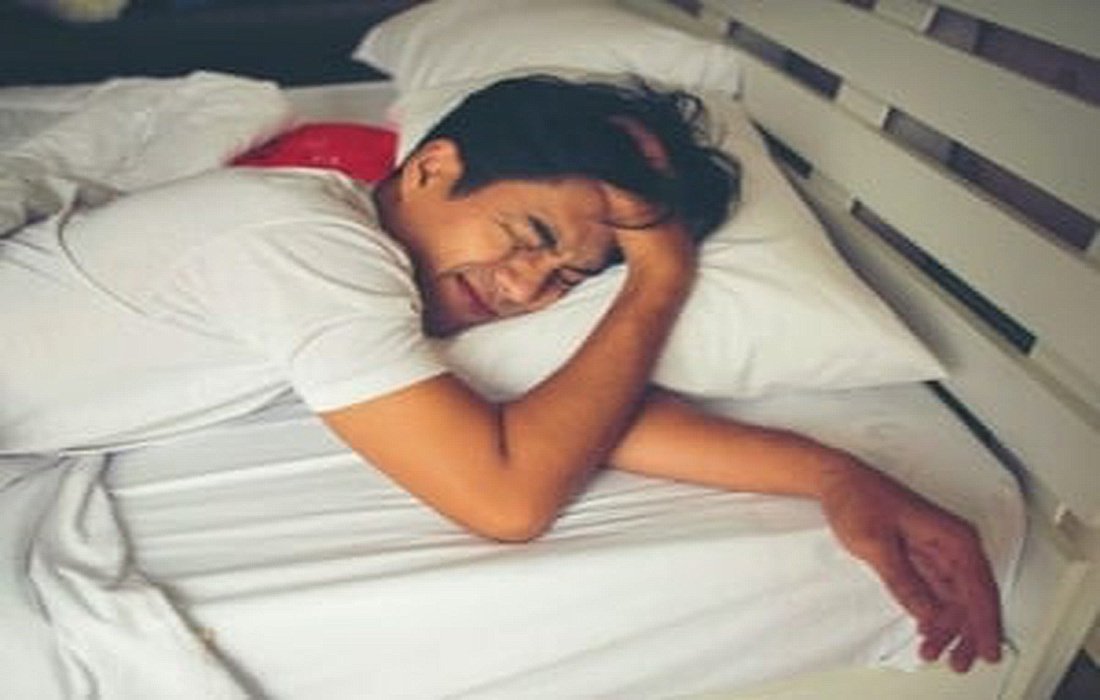Learn about the typesof insomniaand their causes and symptoms
Insomnia might seem like a minor issue, but it can disrupt sleep for a short duration or become chronic. It is the most widespread sleep disorder globally, seriously affecting mental and physical health, as well as overall quality of life. Approximately one-third of adults experience insomnia at some time in their lives, particularly among pregnant women, those with anxiety, and people suffering frommental health issuesis common.
While insomnia may appear simple, it is actually quite complex. It can arise depending on health status, stress levels, and family or work circumstances over a lifetime. Insomnia can be temporary and manageable or can become chronic.Stressas well as family or work situations can lead to insomnia.

Acute transient insomnia refers to sleeplessness that lasts three months or less. This shorter duration sets it apart from chronic insomnia. Transient insomnia generally resolves naturally without treatment. Often, it is triggered by major life events like job changes or divorce, although physical changes may also contribute.
High altitudes,pregnancymenopause, and post-surgical pain can interfere with sleep. Chronic insomnia may develop fromanxietytemporary insomnia and may solidify into a lasting problem. Therefore, in this health and wellness sectionSelMagzwe will discussthe types of insomnia.Transient insomnia:
Transient insomnia lasts less than one month and is the most common type among people, typically associated with stressors. Sudden schedule changes and issues related to family, work, or personal life can lead to sleeplessness.
Some of these triggers include unexpected changes in routine and challenges related to family, work, or personal issues.
Typically, individuals with transient insomnia return to their normal sleep patterns once the source of stress is eliminated.
Short-term or acute insomnia:
This type of insomnia can last from one to three months and is often associated with stressful life events.
Typically, factors like the loss of a loved one, separation, or serious illness can extend this type of insomnia. Moreover, those dealing with insomnia might also face challenges such as anxiety, stress, and low feelings.
Chronic insomnia:

In this scenario, the person experiences insomnia over an extended time, which affects their daily activities.
Usually, individuals endure insomnia more than three times weekly, and this condition continues for a minimum of three months. Sadly, those suffering from it not only miss out on adequate sleep but also deal with emotional, mental, and physical challenges daily.
Idiopathic insomnia:
This type of insomnia starts in childhood and is typically associated with
poor sleep habitsand lacks a specific cause. However, recent studies suggest it may have a root cause: an overactive central nervous system that leads to irregular stress responses in the body, possibly increasing metabolic rate,heart rateand body temperature, which may result in insufficient sleep.Psychological insomnia:
This type of insomnia involves physiological arousal related to beginning sleep. Typically, the affected individual experiences significant anxiety regarding their sleep challenges, striving hard each night to achieve rest.
Co-morbid insomnia:

This form of insomnia coexists with other illnesses or disorders. Some of the most frequent conditions provoking these insomnia symptoms include psychiatric disorders like anxiety,
depressionand bipolar disorder. Co-morbid insomnia can also occur because of medical conditions that produce chronic pain, such as:arthritis
cancer
shingles
bullet wound injuries
migraine headaches
fibromyalgia, and other autoimmune disorders.
Behavioral insomnia:
This insomnia type often starts in children when they lack a consistent sleep schedule. Children dealing with this sleep disorder are typically under five years old. They have difficulty sleeping without a proper routine. The desire to sleep with parents may also play a role. Such symptoms can continue into adulthood, influencing long-term sleep patterns.
Generally, children aged three to five require around twelve hours of sleep along with midday naps.
Sleep deprivationin children can result in additional symptoms likedrowsinessthroughout the day,hyperactivityand aggression.Paradoxical insomnia:

Paradoxical insomnia is where an individual sleeps yet feels as though they don’t. Those with this condition do not exhibit classic insomnia symptoms and find it difficult to halt their mental processes while asleep.
The physical impacts of paradoxical insomnia may not be as significant as those of other insomnia types, yet its psychological effects can be substantial.
Insomnia related to poor sleep hygiene:
This kind of insomnia describes inadequate sleep hygiene, often resulting from unhealthy sleeping habits such as using electronic devices, consuming
coffeeorcaffeinebefore bed, or maintaining an erratic sleep routine. This form of insomnia is among the most common and treatable types.This insomnia type is widely recognized and is also among the easiest to treat.
Insomnia at sleep onset:
Middle insomnia:

Middle insomnia (or maintenance insomnia) is when individuals awaken once or multiple times overnight and find it hard to return to sleep.
Those who drink alcohol, experience chronic pain, or infants waking for nighttime feeding typically face middle insomnia.
One major cause of middle insomnia is menopause. A reduction in estrogen and
hot flashescan disturb the internal body clock.Middle insomnia can coincide with various other sleep disorders, such as restless leg syndrome
or sleep apnea. Frequently, these interruptions can happen numerous times, sometimes reaching 90 occurrences per night.Late insomnia:If you rise too early and struggle to return to sleep, you may be facing late insomnia. Late insomnia, also referred to as sleep compensation or terminal insomnia, happens between 3 a.m. and 5 a.m., when it’s too early to wake up but too late to go back to sleep.
Late insomnia is diagnosed when individuals awaken more than thirty minutes earlier and at least three days per week; this condition is a frequent symptom of clinical depression. Additional contributing factors may involve:
low blood sugar
or hunger
fluctuations in room temperatureallergies
emotional stress
noise or light
Examining types of insomnia
Insomnia and its varieties







